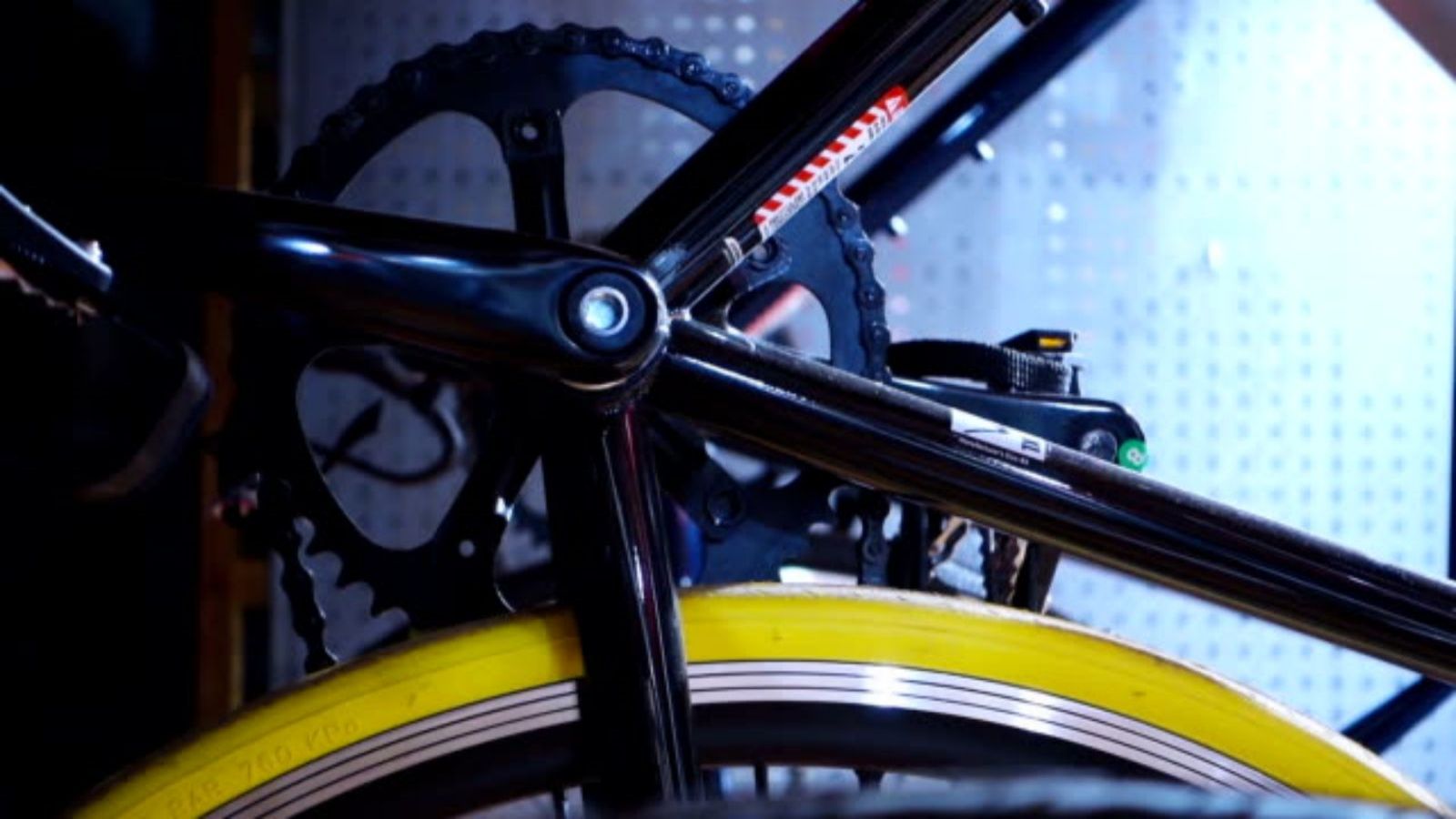What Are crank arms bike and How Do They Work?
When it comes to bicycles, the crank arms play a crucial role in transferring power from the rider's legs to the drivetrain, enabling the bike to move forward. In this article, we will delve into the world of crank arms bike, exploring their construction, functionality, and the various types available in the market.
Understanding the Anatomy of Crank Arms Bike
A crank arm is a lever that connects the pedal to the bottom bracket spindle, forming the primary drivetrain component of a bicycle. It consists of two main parts: the crank arm itself and the chainring. The crank arm is the extended part that attaches to the pedal, while the chainring is the toothed disc that transfers energy to the chain, ultimately propelling the bicycle forward.
Types of Crank Arms Bike
Crank arms bike come in various types, each designed to cater to different cycling disciplines and personal preferences. Let's explore some of the most common types:
1. Road Crank Arms
Road crank arms are typically lightweight and stiff, optimized for efficient power transfer on smooth pavement. They often feature compact or standard chainring options, allowing riders to choose the gear ratio that suits their riding style and terrain.
2. Mountain Bike Crank Arms
Mountain bike crank arms are built to withstand the rugged and demanding off-road trails. They are generally more durable and feature a wider gear range to tackle steep climbs and technical descents. Some mountain bike crank arms also come with a protective bash guard to shield the chainring from obstacles.
3. Single-Speed Crank Arms
Single-speed crank arms are popular among urban commuters and fixie enthusiasts. They are designed for simplicity and reliability, featuring a single gear ratio and often a narrower chainline.
4. Track Crank Arms
Track crank arms are specifically built for velodrome racing and fixed-gear road bikes. They are usually stiffer and lighter than other types, allowing riders to maximize their power output on the track.
Choosing the Right Crank Arms Bike
When selecting crank arms for your bike, several factors should be considered:
1. Compatibility
Ensure that the crank arms you choose are compatible with your bike's bottom bracket type and drivetrain components. Different bottom bracket standards, such as BB30, GXP, and Hollowtech II, require specific crank arm designs.
2. Length
Crank arm length greatly affects pedaling efficiency and comfort. It is essential to choose the appropriate length based on your leg length, riding style, and terrain. Common crank arm lengths range from 165mm to 180mm.
3. Material
Crank arms are commonly made from aluminum alloy, carbon fiber, or steel. Each material has its own pros and cons in terms of weight, stiffness, durability, and cost. Consider your budget and desired performance when selecting the material.
4. Budget
Like any bicycle component, crank arms come in a wide price range. Determine your budget and aim for the best quality within your price range. Remember, investing in a higher-quality crank arm can enhance your cycling experience and performance.
Maintaining and Replacing Crank Arms Bike
Proper maintenance is crucial to ensure the longevity and optimal performance of your crank arms. Regularly clean and lubricate the bearings and spindle to prevent dirt and moisture from causing damage. If you notice any signs of wear or play in the crank arms, it may be time to replace them. Consult a professional bike mechanic to ensure proper installation and alignment.
Conclusion
Crank arms bike are an integral part of any bicycle, responsible for transferring power from the rider to the drivetrain. Understanding the different types, choosing the right crank arms, and properly maintaining them will greatly enhance your cycling experience. Whether you're a road cyclist, mountain biker, or urban commuter, selecting the appropriate crank arms for your bike is essential for optimal performance on the road or trail.

